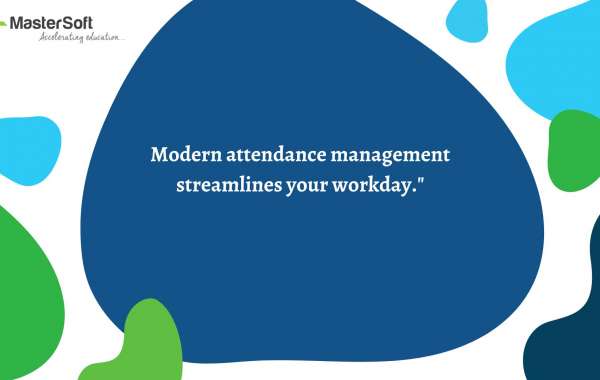The landscape of work has undergone a seismic shift. Gone are the days of rigid nine-to-five schedules and everyone being chained to their desks. The rise of remote work has redefined how businesses operate and how employees contribute. While this newfound flexibility offers numerous benefits, it also presents a unique challenge: ensuring effective attendance management in a dispersed workforce.
This blog post delves into the complexities of attendance management in the remote work revolution. We'll explore the limitations of traditional methods, the benefits of modern attendance management system (AMS), and strategies for fostering trust and accountability in a remote setting.
The Traditional Approach: Does It Still Work?
For decades, businesses relied on physical presence as a proxy for productivity. Employees swiped cards or punched clocks, their arrival and departure times serving as a concrete measure of work hours. However, this approach crumbles in the face of remote work. It fails to capture the effort and output of employees who may be working outside of traditional office hours.
Here's why traditional methods fall short in the remote work environment:
- Inaccurate Measurement: They don't reflect the quality or quantity of work completed, focusing solely on physical presence.
- Limited Flexibility: They restrict employees to specific work schedules, hindering work-life balance and potentially stifling creativity.
- Micromanagement Concerns: Overly stringent tracking can foster feelings of mistrust and micromanagement, damaging employee morale.
The Modern Solution: Attendance Management Systems for the Remote Workforce
Attendance management systems (AMS) offer a modern and adaptable solution for tracking work hours in a remote setting. These digital systems provide a variety of features designed to promote transparency, accountability, and trust between employers and employees.
Here are some of the key features of AMS that benefit remote work:
- Time Tracking Tools: Employees can log their hours remotely using web-based interfaces or mobile apps, offering flexibility and convenience.
- Project Management Integration: AMS can integrate with project management software, allowing for tracking time spent on specific tasks and projects.
- Automated Reporting: Managers gain access to detailed reports on employee work hours, facilitating informed decision-making and resource allocation.
Building Trust and Accountability: It's a Two-Way Street
Implementing an AMS alone doesn't guarantee success. Building a culture of trust and accountability is equally important in a remote work environment. Here are some strategies to foster trust and positive outcomes:
- Focus on Outcomes: Shift the focus from hours worked to measurable results and project completion.
- Set Clear Expectations: Clearly define performance expectations and establish communication channels for regular check-ins.
- Promote Open Communication: Encourage open communication between managers and employees, fostering transparency and addressing concerns.
- Empower Employees: Trust employees to manage their time effectively and provide autonomy in their work schedules.
- Invest in Team Building: Regular virtual team meetings and activities can help maintain a sense of connection and collaboration.
Beyond Time Tracking: Unleashing the Benefits of AMS
The advantages of AMS extend far beyond simply keeping track of employee hours. These systems offer valuable data insights that can be used to:
- Optimize Workflows: Analyze data to identify inefficiencies and streamline workflows for improved team communication and project management.
- Improve Resource Allocation: Identify peak work times and adjust team schedules and workload distribution accordingly.
- Identify Training Needs: Data can reveal areas where employees might require additional training or support.
- Boost Employee Satisfaction: By focusing on outcomes and fostering trust, AMS can contribute to a more positive and productive work environment.
Choosing the Right AMS for Your Remote Team
With a plethora of AMS options available, selecting the right system for your remote team is crucial. Here are some factors to consider:
- Team Size and Needs: Choose a system that scales with your team size and offers features tailored to your specific needs.
- Budget: AMS solutions come in a range of price points. Consider your budget and the return on investment (ROI) when making a selection.
- Ease of Use: The system should be user-friendly for both employees and managers to ensure smooth implementation and adoption.
- Security Features: Data security is paramount. Look for a system with robust security protocols to protect sensitive employee information.
The Future of Work: Embracing Flexibility and Trust
Remote work is no longer a temporary trend; it's the future of work. By embracing an attendance management system that prioritizes trust, collaboration, and results, businesses can thrive in this new era. Implementing the right tools and strategies will allow you to empower your remote workforce, unlock their full potential, and ultimately achieve greater success.




